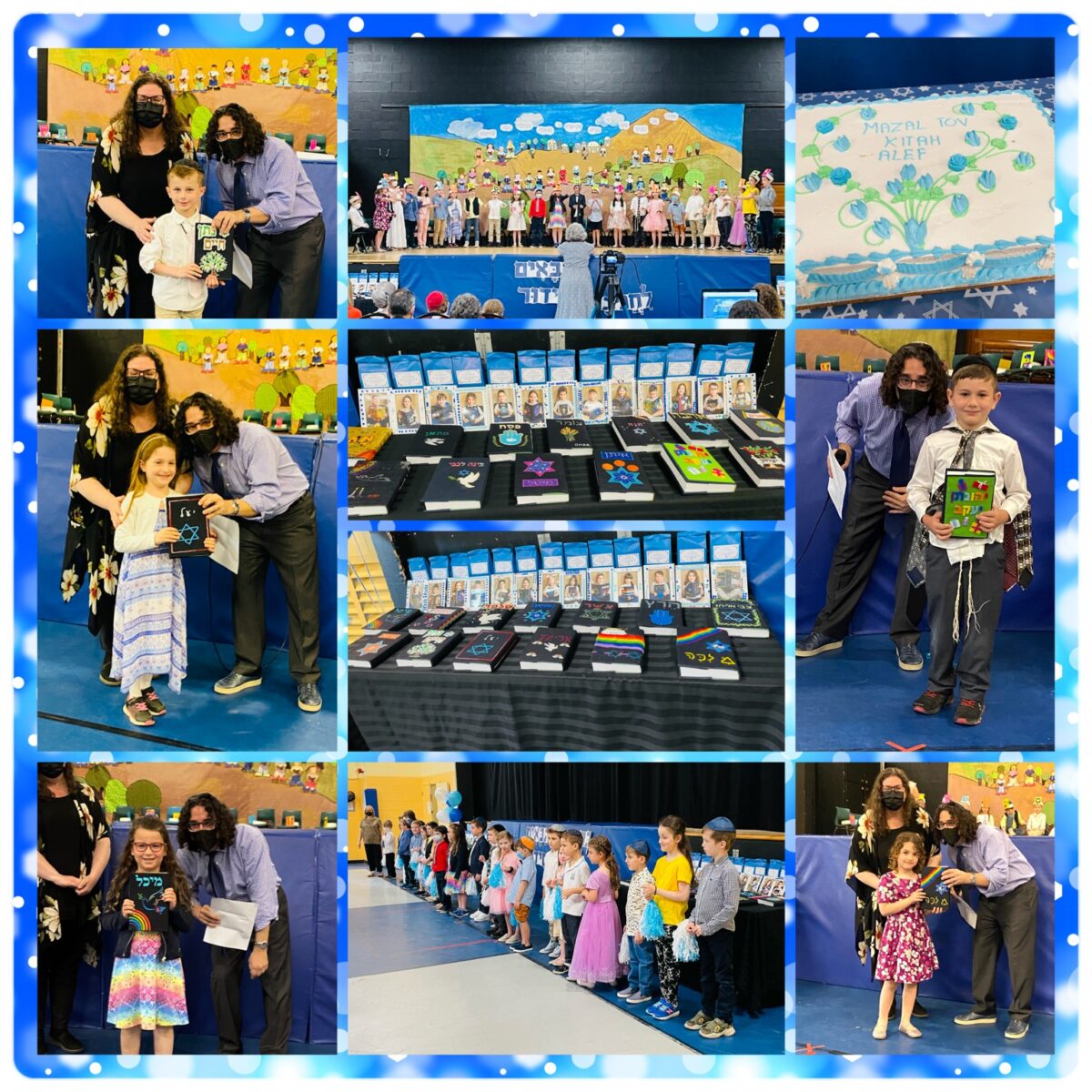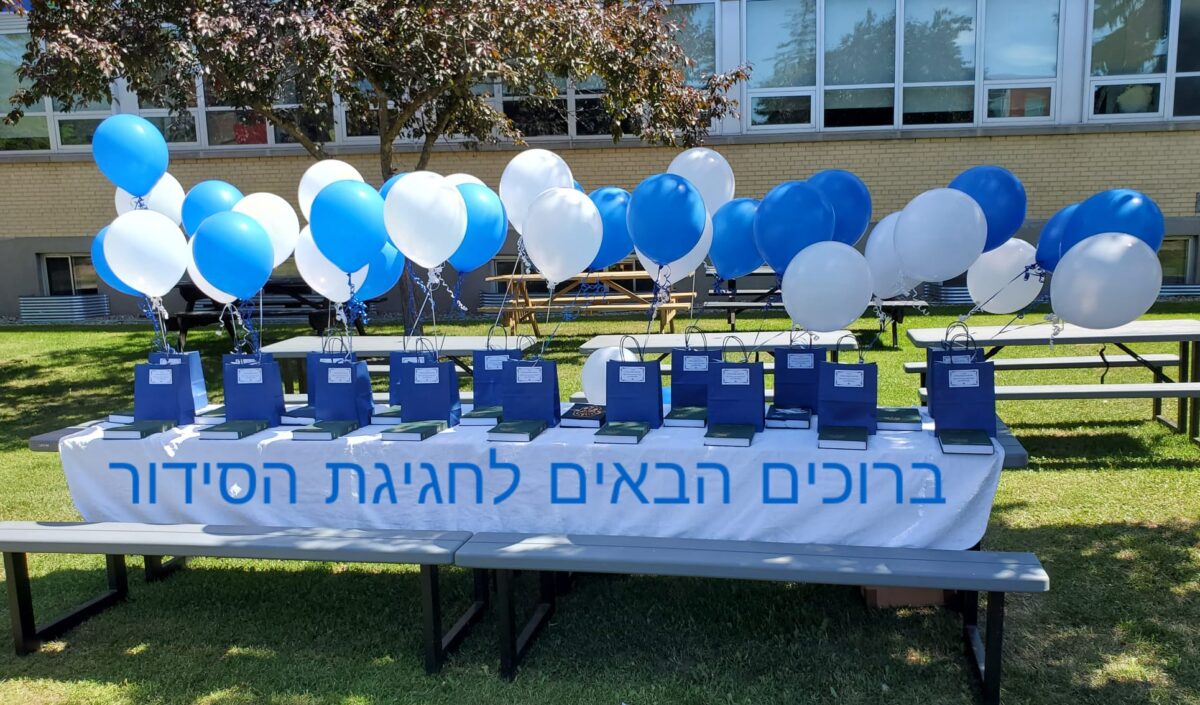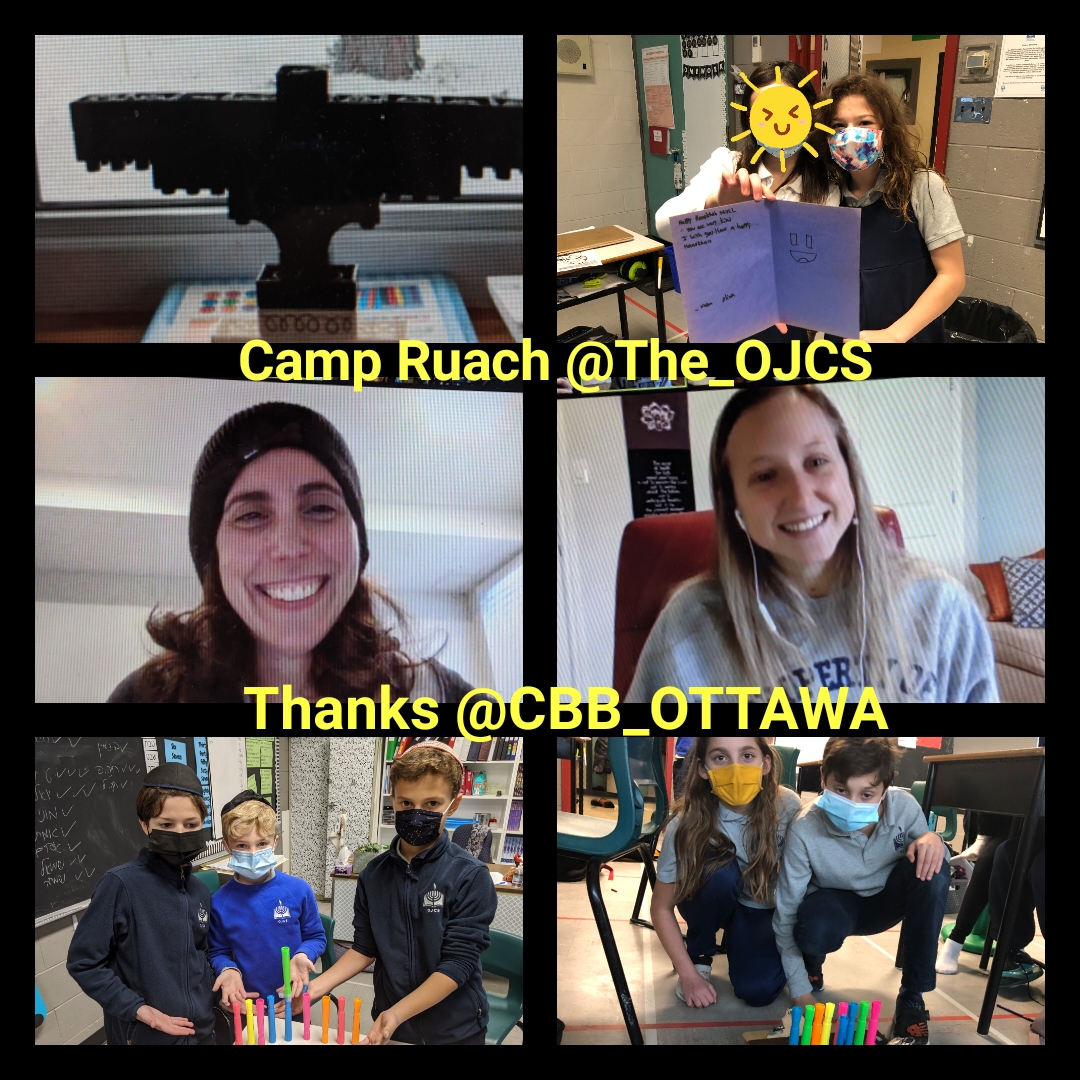The following was shared with our Kitah Alef (Grade One) Families during our school’s annual Kabbalat Ha’Siddur – our celebration of early Jewish learning with the gift of a siddur:
“Before we call each student up by name to give them their siddur, I want to take just a minute or two to share a few words. I realize we have a large class and I am the only thing keeping them – and you – from cake, so I really will be as quick as I can…
The Hebrew verb “to pray” is l’hitpallel. The root of the word – peh/lamed/lamed – means “judgement” and the grammatical structure of the verb is reflexive. That means that the most accurate way to understand what it means to pray in Judaism is to see prayer as an act of self-judgement. In other words, in addition to all the reasons why we could and do pray – to express gratitude, to connect to community, to be part of a chain in history, to offer petition, to engage in mindfulness, to talk to God, etc., – the gift we give ourselves when we find time to pray is an opportunity to measure ourselves against our best selves. And that’s the gift that our children give us – as parents and as teachers.
Each day, our children present us – their parents and their teachers – with an opportunity to be our best selves in service of them. For parents, this is the sacred obligation we take on when deciding to have children. For teachers and schools, this is the holy task we are entrusted with when parents take the leap of faith to provide their children with a Jewish education. It is a responsibility that we do not take lightly or for granted. It is what gets us here early and keeps us here late. It is why a Kabbalat Ha’Siddur – why a celebration of a receiving a siddur gifted by the school, decorated by the parents, and instructed in by the teachers is so appropriate to mark this stage of our journey.
One of our school’s North Stars is that “we are all on inspiring Jewish journeys” and the Kabbalat Ha’Siddur is just the next stop on a journey that, for many, began together under the chuppah on the first day of Kindergarten. My prayer for this class is that in the same way that the siddur we give them today is not a trophy to be admired on a shelf, but a tool to be used for discovery and meaning; let today’s simcha not merely serve as a moment to celebrate, but an inspiration to reach the next stop and the stop after that in the extraordinary and unpredictable Jewish journey of this remarkable group of children and families.
Ken y’hi ratzon.
Thank you to Morah Ada for all the love and work that goes into a day like today. Thank you to the Kitah Alef team for their support and participation. Thank you to the parents and grandparents for all the things you do – seen and unseen – to make a Jewish day school journey possible. Let me now invite up Keren Gordon, our Vice Principal, along with the teachers in Kitah Alef, as we prepare to celebrate each of our students…”






